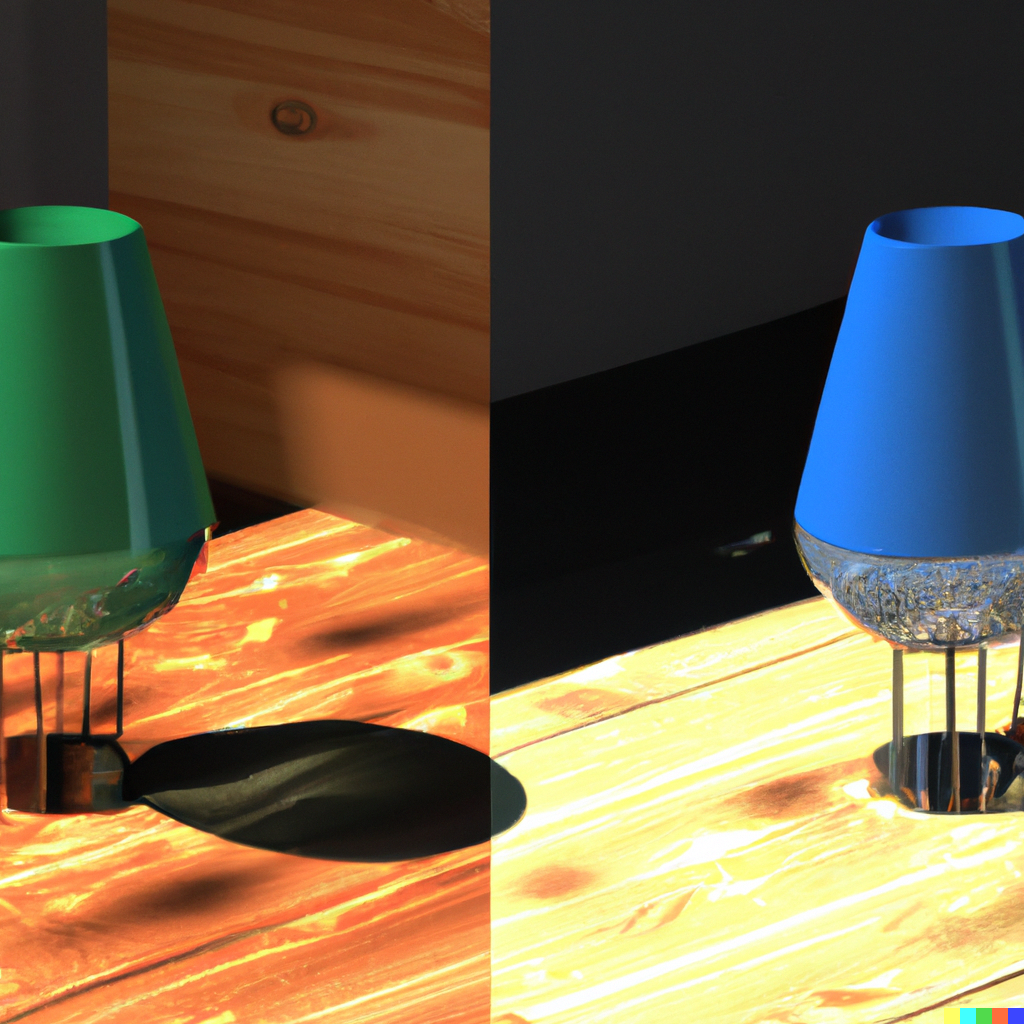Ray tracing and global illumination are two important techniques used for 3D rendering in the computer graphics industry. Both of these techniques have their own advantages and disadvantages, but it can be confusing to know which one to choose for your project. In this blog post, we’ll compare ray tracing and global illumination, and explore the key differences between these two approaches to 3D rendering.
What is Ray Tracing?
Ray tracing is a 3D rendering technique that uses mathematical algorithms to simulate the way light travels in the real world. In ray tracing, each pixel in the image is traced back to the light source to determine its color and brightness. This allows for incredibly accurate and realistic lighting, shadows, and reflections.
Ray tracing is particularly useful for creating images with complex lighting conditions, such as reflections, refractions, and transparency. It can also be used to produce accurate shadows and reflections on surfaces, making it an ideal choice for architectural visualization and product design.
What is Global Illumination?
Global illumination is another technique used for 3D rendering that aims to simulate the way light behaves in the real world. Unlike ray tracing, which traces each pixel back to the light source, global illumination calculates the way light bounces from one surface to another, creating more realistic lighting and shadows.

Global illumination is a more general approach to 3D rendering and is particularly useful for creating images with soft, diffuse lighting. It is often used for creating realistic environments, such as forests, deserts, and interiors.
Ray Tracing vs Global Illumination: Which is Better?
The answer to this question depends on the specific requirements of your project. Both ray tracing and global illumination have their own strengths and weaknesses, and the choice between the two ultimately comes down to the desired outcome.

If you are looking for highly accurate and realistic lighting, shadows, and reflections, ray tracing is the better choice. However, ray tracing can be computationally intensive, and may not be suitable for real-time rendering applications.
On the other hand, if you are looking for a more general approach to 3D rendering, with a focus on soft, diffuse lighting and environment creation, global illumination may be a better choice. Global illumination is typically faster than ray tracing, making it a better choice for real-time applications.
Conclusion
In conclusion, both ray tracing and global illumination are powerful 3D rendering techniques that have their own advantages and disadvantages. The choice between the two ultimately comes down to the specific requirements of your project and the desired outcome.
If you are looking for highly accurate and realistic lighting and reflections, ray tracing may be the better choice. However, if you are looking for a more general approach to 3D rendering, with a focus on soft, diffuse lighting and environment creation, global illumination may be a better choice.
Regardless of the technique you choose, both ray tracing and global illumination are essential tools in the computer graphics industry, and are likely to play a key role in the future of 3D rendering.